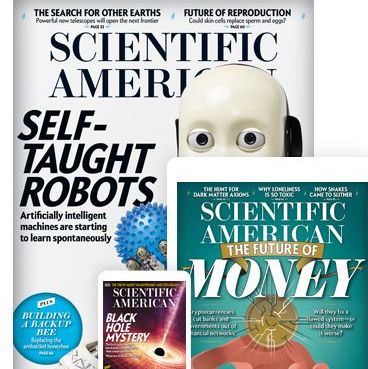Jan 11, 2021
Scientists have restored youth to aging eyes in mice
Posted by Quinn Sena in categories: biotech/medical, genetics, life extension, neuroscience
Aging is, at least for now, inevitable, and our eyes are not immune to those changes. Vision loss is, in fact, one of the top 10 causes of disability in the US., however, shows that this might be reversible in the future.
A large team of geneticists, ophthalmologists, and other scientists used a group of molecules called Yamanaka factors to turn cells in the eyes of mature mice back to a youthful state. This reversed the damage done by aging, and the cells were then able to regenerate, connect back to the brain, and vision was restored in both models of normal aging and glaucoma.
Continue reading “Scientists have restored youth to aging eyes in mice” »


















